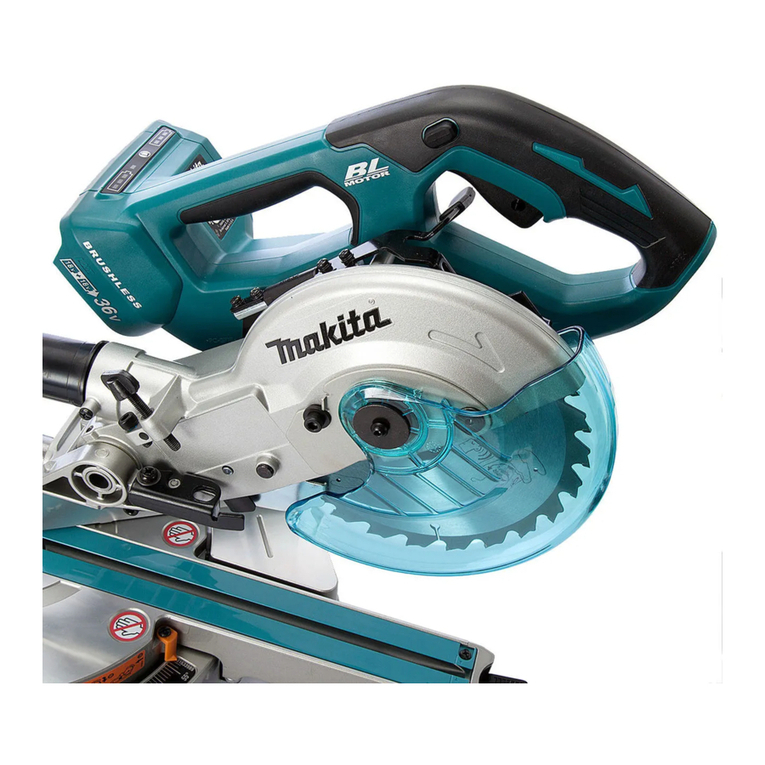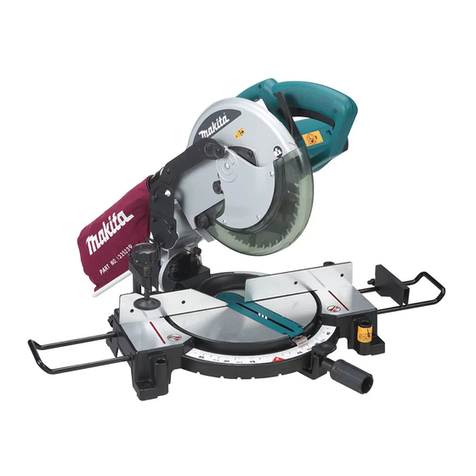Makita LS0714 User manual
Other Makita Saw manuals

Makita
Makita JR100D User manual
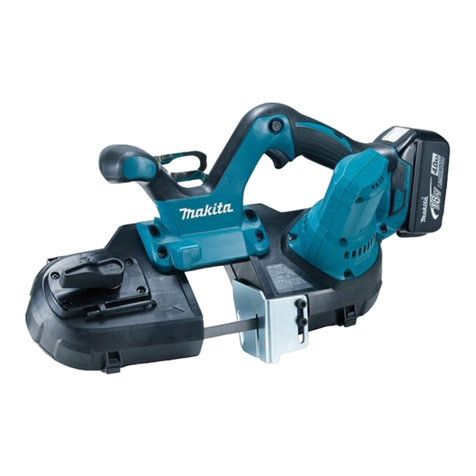
Makita
Makita DPB181RFE User manual

Makita
Makita SH01ZW User manual
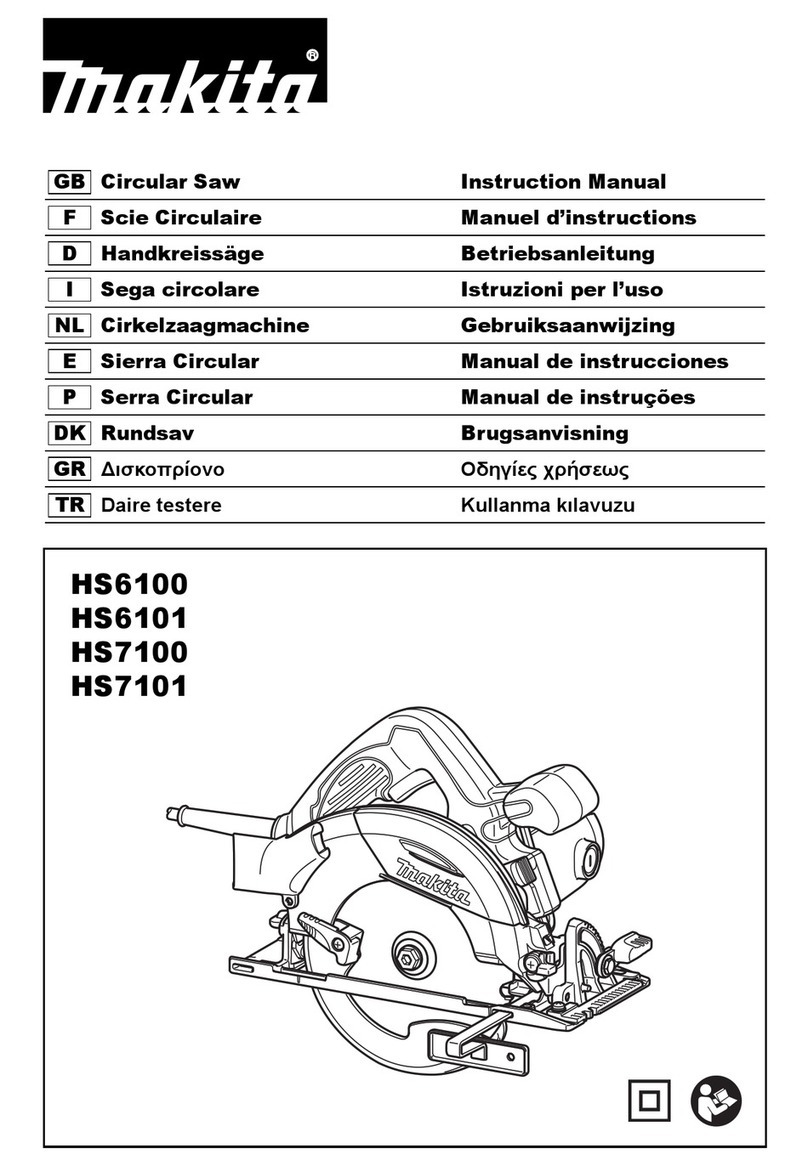
Makita
Makita HS6100 User manual
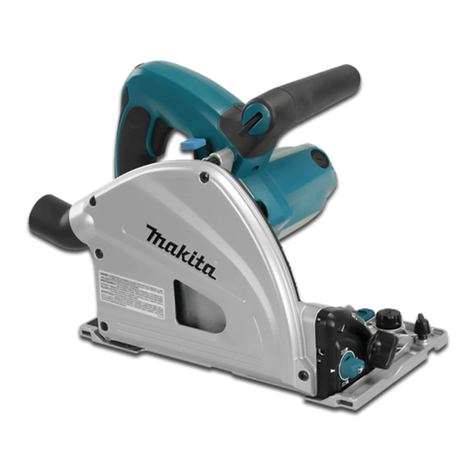
Makita
Makita SP6000 User manual

Makita
Makita DHS710 User manual

Makita
Makita 15026DWA User manual
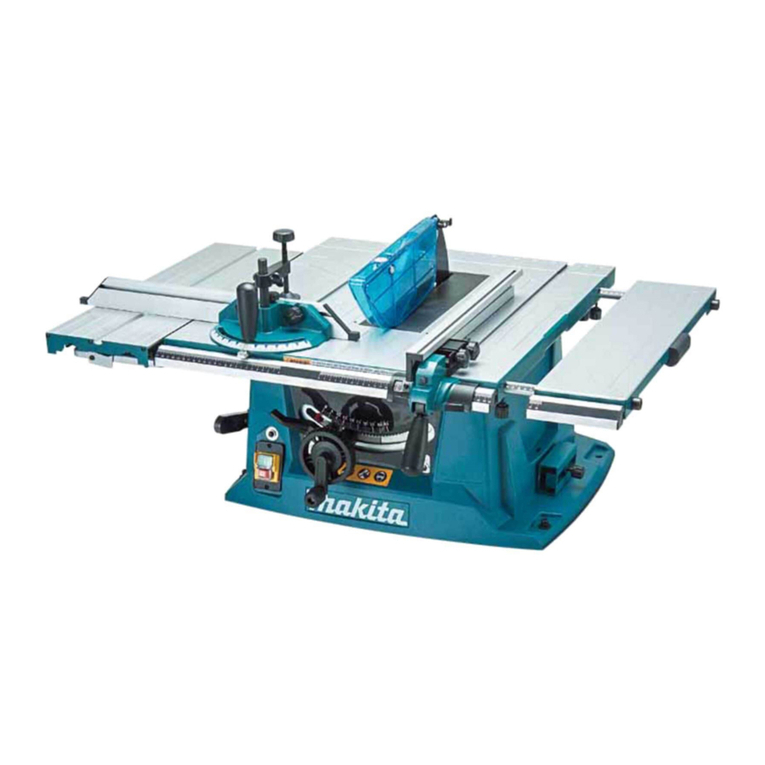
Makita
Makita MLT100N User manual

Makita
Makita DLS211 User manual
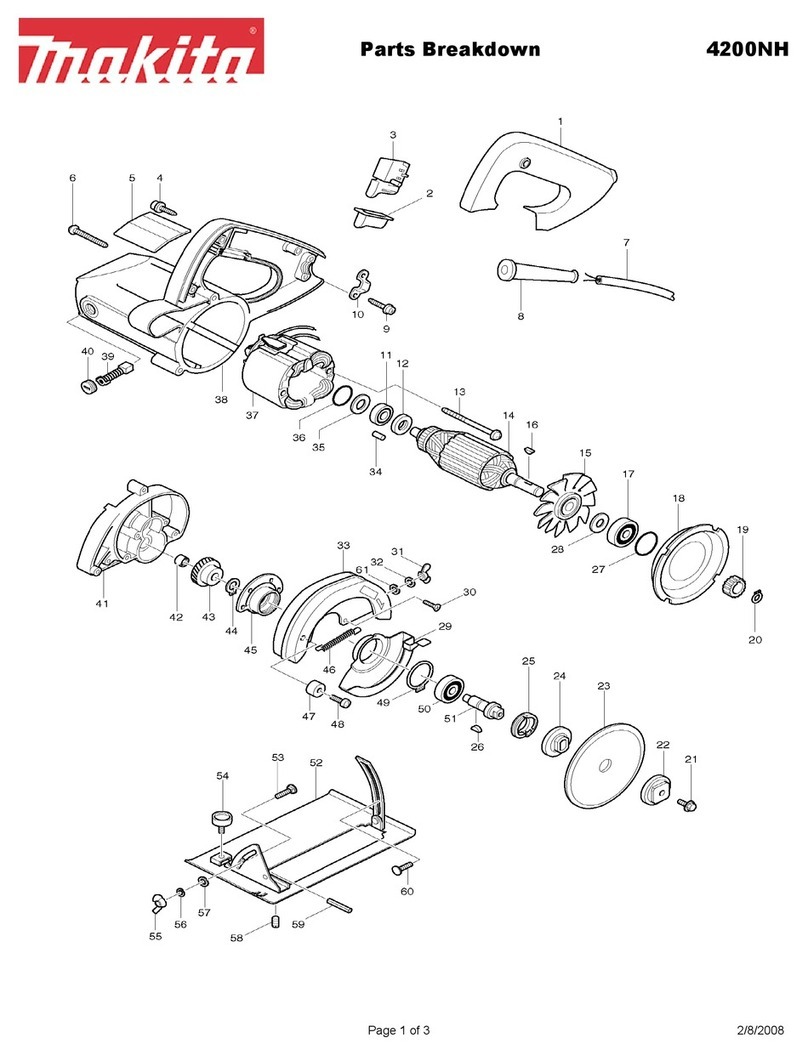
Makita
Makita 4200NH Quick start guide
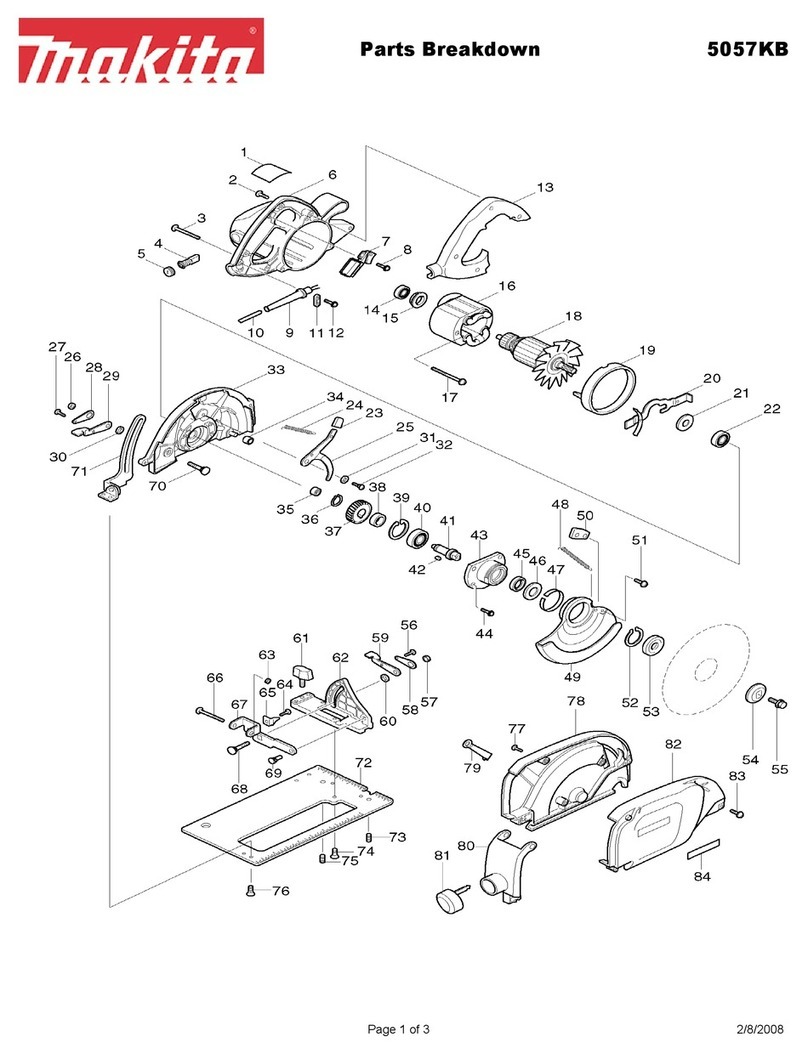
Makita
Makita 5057KB Quick start guide

Makita
Makita 5603R User manual

Makita
Makita 5007NB User manual
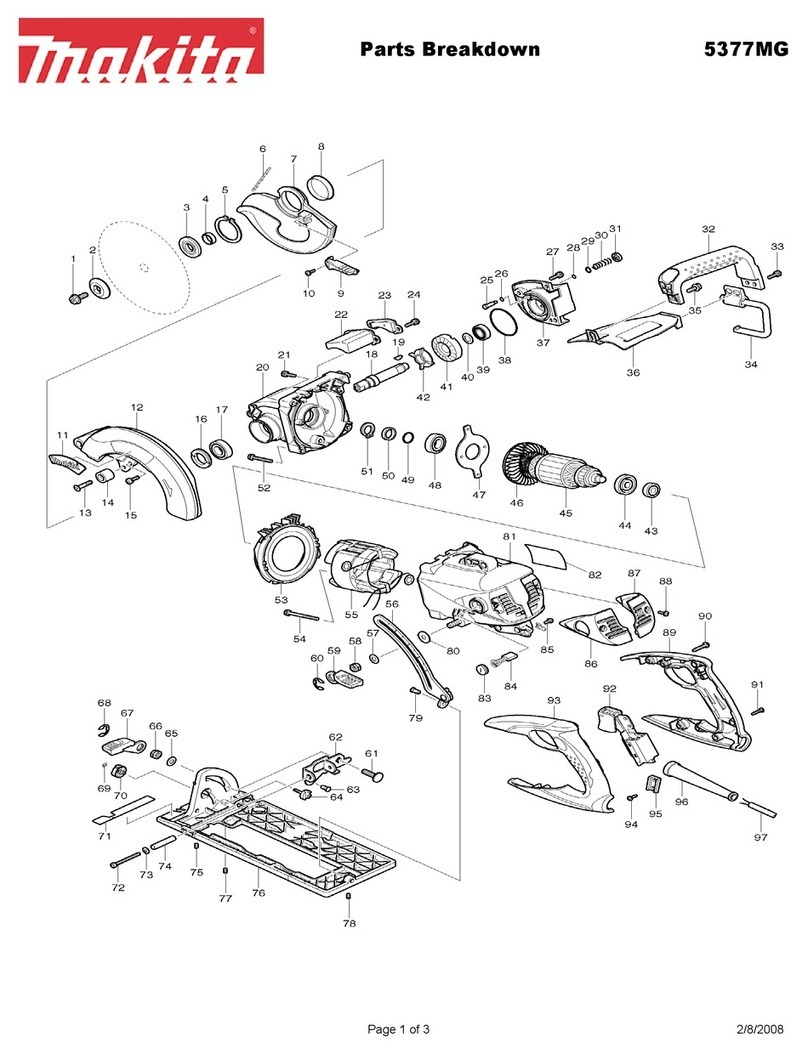
Makita
Makita 5377MG Quick start guide
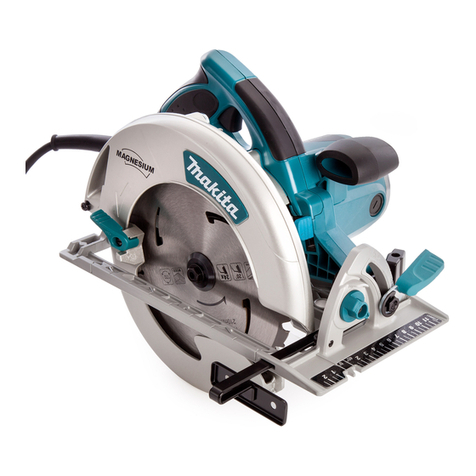
Makita
Makita 5008MG User manual

Makita
Makita 2704N User manual
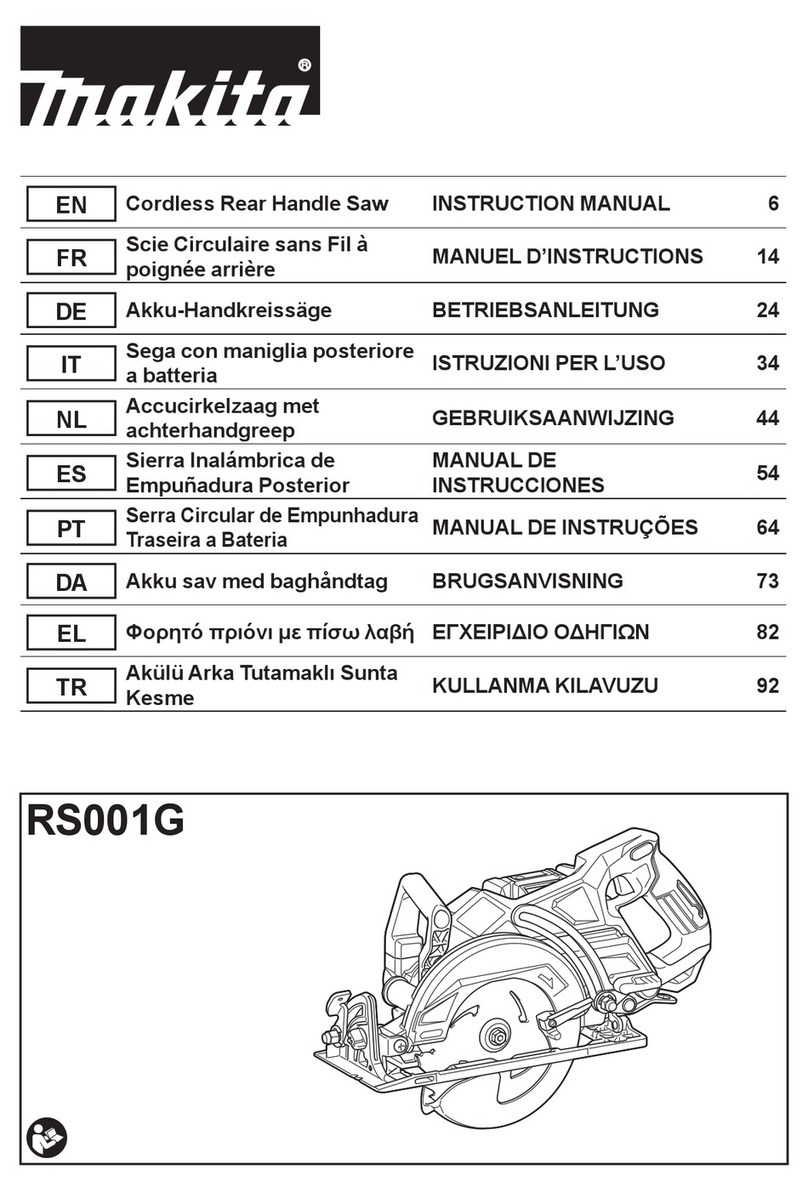
Makita
Makita RS001G User manual

Makita
Makita LH1040 User guide

Makita
Makita HS7611 User manual
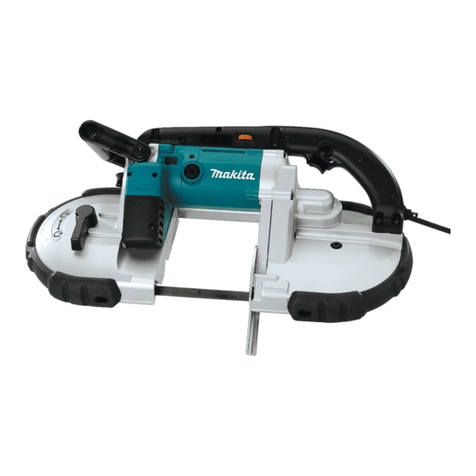
Makita
Makita 2107F User manual
